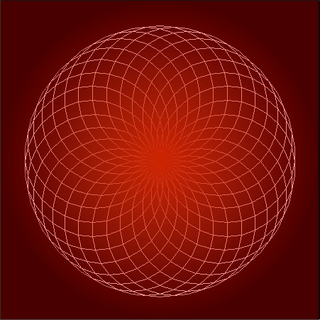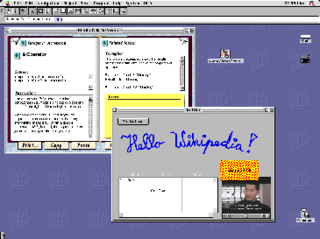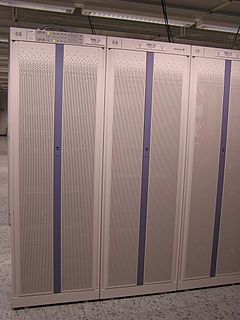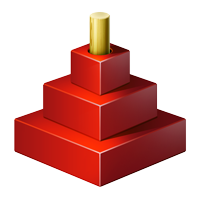 W
WBash is a Unix shell and command language written by Brian Fox for the GNU Project as a free software replacement for the Bourne shell. First released in 1989, it has been used as the default login shell for most Linux distributions and all releases of Apple's macOS prior to macOS Catalina. A version is also available for Windows 10 via the Windows Subsystem for Linux. It is also the default user shell in Solaris 11.
 W
WElm is a domain-specific programming language for declaratively creating web browser-based graphical user interfaces. Elm is purely functional, and is developed with emphasis on usability, performance, and robustness. It advertises "no runtime exceptions in practice", made possible by the Elm compiler's static type checking.
 W
WGraphics Layout Engine (GLE) is a graphics scripting language designed for creating publication quality graphs, plots, diagrams, figures and slides. GLE supports various graph types such as function plots, histograms, bar graphs, scatter plots, contour lines, color maps and surface plots through a simple but flexible set of graphing commands. More complex output can be created by relying on GLE's scripting language, which is full featured with subroutines, variables, and logic control. GLE relies on LaTeX for text output and supports mathematical formula in graphs and figures. GLE's output formats include EPS, PS, PDF, JPEG, and PNG.
 W
WGrGen.NET is a software development tool that offers programming languages that are optimized for the processing of graph structured data. The core of the languages consists of modular graph rewrite rules, which are built on declarative graph pattern matching and rewriting; they are supplemented by many of the constructs that are used in imperative and object-oriented programming, and are completed with language devices known from database query languages.
 W
WHyperCard is a software application and development kit for Apple Macintosh and Apple IIGS computers. It is among the first successful hypermedia systems predating the World Wide Web.
 W
WLogo is an educational programming language, designed in 1967 by Wally Feurzeig, Seymour Papert, and Cynthia Solomon. Logo is not an acronym: the name was coined by Feurzeig while he was at Bolt, Beranek and Newman, and derives from the Greek logos, meaning word or thought.
 W
WMacaulay2 is a free computer algebra system created by Daniel Grayson and Michael Stillman for computation in commutative algebra and algebraic geometry.
 W
WMATLAB is a proprietary multi-paradigm programming language and numerical computing environment developed by MathWorks. MATLAB allows matrix manipulations, plotting of functions and data, implementation of algorithms, creation of user interfaces, and interfacing with programs written in other languages.
 W
WOracle Media Objects, formerly Oracle Card, was a software development tool for developing multi-media applications, with functionality and appearance similar to Apple Computer' HyperCard.
 W
WPLEX is a special-purpose, concurrent, real-time programming language. The proprietary PLEX language is closely tied to the architecture of Ericsson's AXE telephone exchanges which it was designed to control. PLEX was developed by Göran Hemdahl at Ericsson in the 1970s, and it has been continuously evolving since then. PLEX was described in 2008 as "a cross between Fortran and a macro assembler."
 W
WThe Persistence of Vision Ray Tracer, most commonly acronymed as POV-Ray, is a cross-platform ray-tracing program that generates images from a text-based scene description. It was originally based on DKBTrace, written by David Kirk Buck and Aaron A. Collins for Amiga computers. There are also influences from the earlier Polyray raytracer because of contributions from its author, Alexander Enzmann. POV-Ray is free and open-source software, with the source code available under the AGPLv3.
 W
WRed is a programming language designed to overcome the limitations of the programming language Rebol. Red was introduced in 2011 by Nenad Rakočević, and is both an imperative and functional programming language. Its syntax and general usage overlaps that of the interpreted Rebol language.
 W
WRobot Battle is a programming game for Microsoft Windows where players design and code adaptable battling robots. Robot Battle takes strategy rather than reflexes, accuracy, or timing to succeed. What differentiates one robot from the next is its programming, for which the player is responsible. The game is inspired by the similar game RobotWar.
 W
WRTML is a proprietary programming language used exclusively by Yahoo!'s Yahoo! Store and Yahoo! Site web hosting services.
 W
WSYCL is a higher-level programming model for OpenCL as a single-source domain specific embedded language (DSEL) based on pure C++11 for SYCL 1.2.1 to improve programming productivity. This is a standard developed by Khronos Group, announced in March 2014.
 W
WVHDL is a hardware description language used in electronic design automation to describe digital and mixed-signal systems such as field-programmable gate arrays and integrated circuits. VHDL can also be used as a general-purpose parallel programming language.